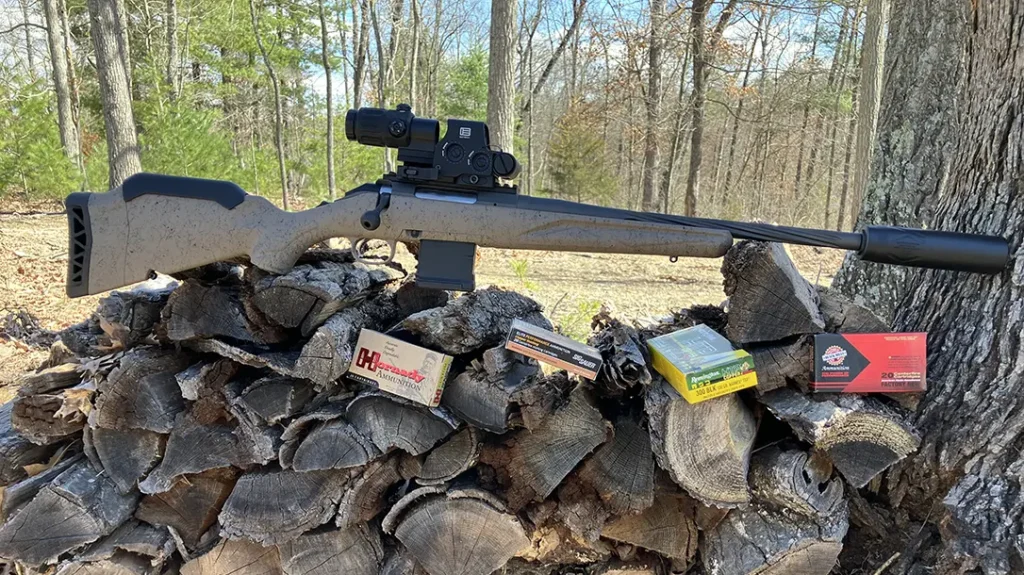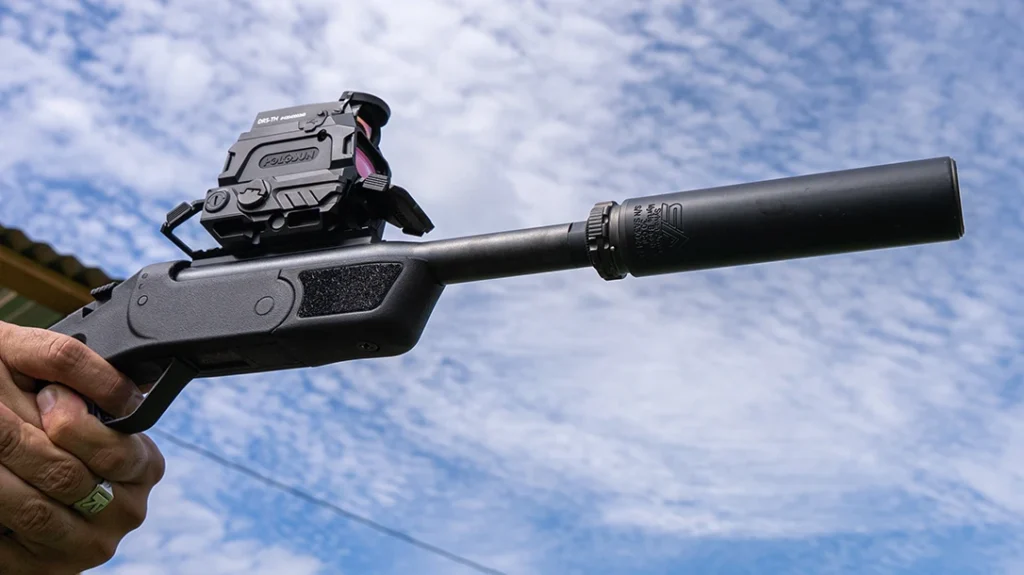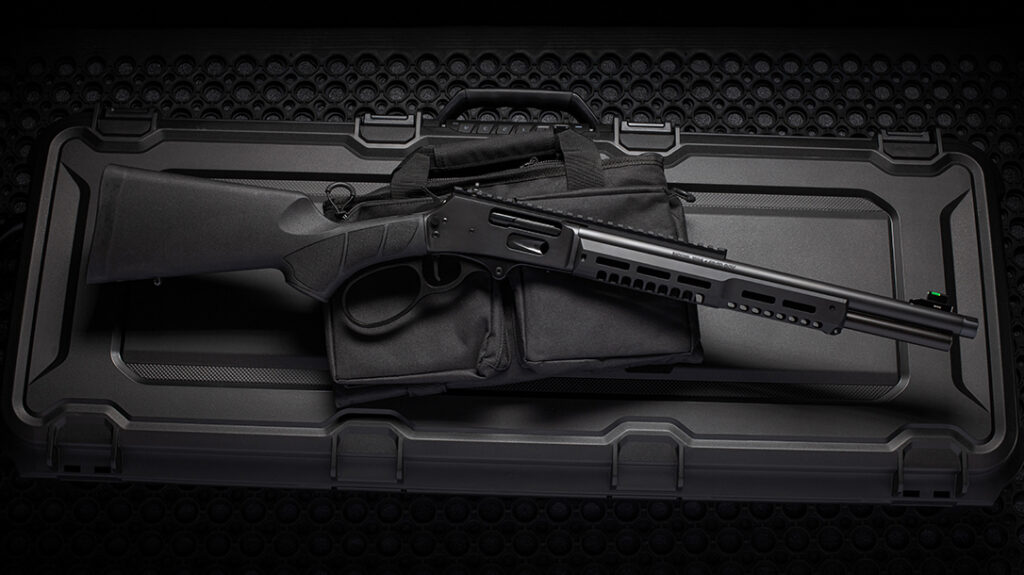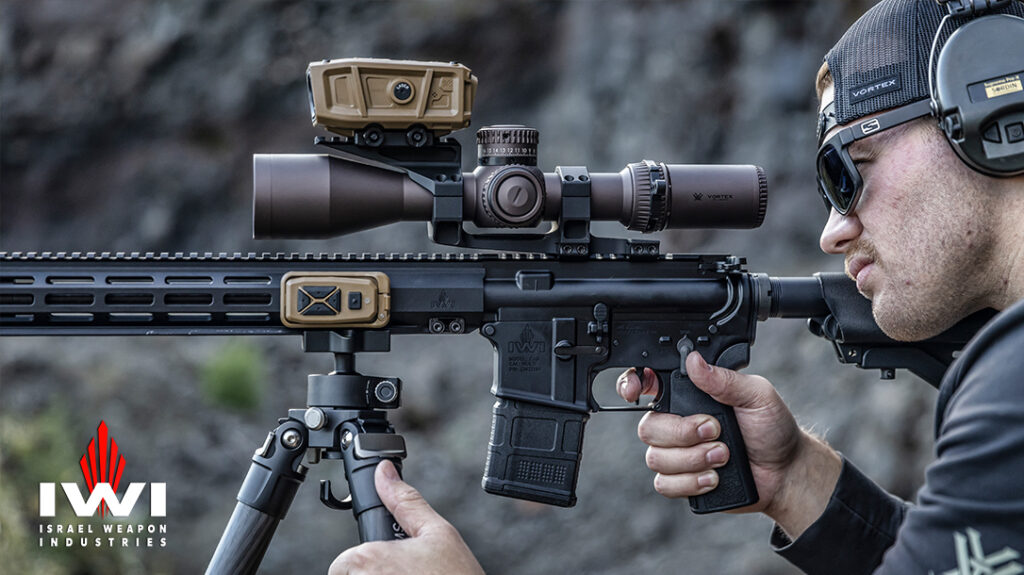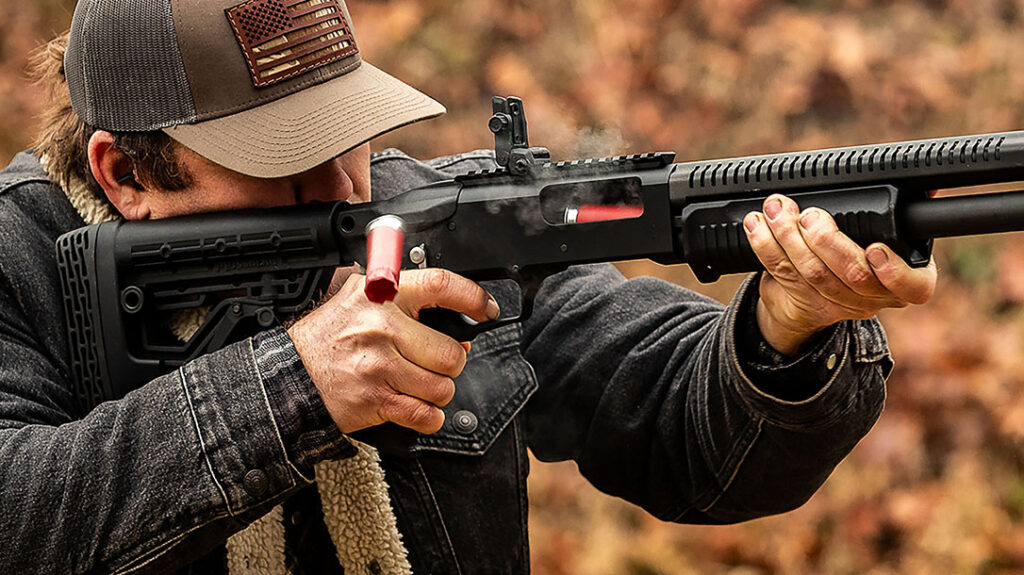The United States Navy SEALs (Sea, Air, and Land Teams) are among the world’s most respected and elite special operations forces. They are known for their mental toughness, physical strength, and unmatched skill in unconventional warfare. SEALs undertake some of U.S. military operations’ most dangerous and high-stakes missions. Becoming a Navy SEAL is not for the faint of heart — it demands unwavering dedication, exceptional fitness, and an unbreakable warrior mindset.

Earning The Trident – Becoming a Navy SEAL
Navy SEALs are highly trained warriors who operate in all environments—sea, air, and land. Their missions include direct action warfare, special reconnaissance, counterterrorism, hostage rescue, foreign internal defense, and more. SEALs operate in small teams, often behind enemy lines or in austere environments, requiring the highest readiness and self-reliance.
Advertisement — Continue Reading Below
The job is physically grueling and mentally demanding. SEALs are expected to handle high-pressure scenarios involving complex tactics and rapid decision-making. Only the most disciplined, resilient, and capable candidates make the cut.

Initial Requirements
Before pursuing SEAL training, candidates must meet basic Navy enlistment standards. This includes:
Advertisement — Continue Reading Below
| U.S. citizenship |
| Ages 17–28 (waivers possible up to 30) |
| High school diploma or GED |
| ASVAB scores: Minimum General Technical (GT) score of 110 and Combat (CO) score of 165 |
| Clean legal and medical record: No serious criminal history, drug use, or disqualifying medical conditions |
Potential SEAL candidates must pass a rigorous SEAL Physical Screening Test (PST). This includes:
| 500-yard swim (breaststroke or sidestroke) in under 12:30 |
| 10-minute rest |
| At least 50 push-ups in 2 minutes |
| At least 50 sit-ups in 2 minutes |
| At least 10 pull-ups (no time limit) |
| 1.5-mile run in boots and pants in under 10:30 |
| These are the minimums — competitive candidates often exceed these benchmarks significantly. |
Advertisement — Continue Reading Below

Pre-BUD/S and Naval Boot Camp
Once enlisted, SEAL candidates attend the Navy Recruit Training Command (Boot Camp) in Great Lakes, Illinois. During boot camp, those with a SEAL Challenge Contract receive specialized physical training and are closely monitored for performance and potential. Following boot camp, candidates head to Pre-BUD/S, an eight-week preparatory school in Great Lakes that focuses on physical conditioning, water competency, and mental readiness. This school ensures that only the most committed individuals proceed to the next phase.

Advertisement — Continue Reading Below
Basic Underwater Demolition/SEAL (BUD/S) Training
BUD/S is the heart of SEAL training. Held at the Naval Special Warfare Center in Coronado, California, BUD/S is a brutal 24-week program divided into three phases:
Phase 1: Physical Conditioning (7 Weeks) This is where many candidates drop out. It includes:
| Long-distance ocean swims |
| Timed runs |
| Obstacle courses |
| Log PT (carrying heavy logs with a team) |
| Drown-proofing and surf torture |
Advertisement — Continue Reading Below

For many, the highlight — and breaking point is Hell Week: 5.5 days of near-constant training, sleep deprivation (no more than four total hours), and relentless physical stress. Only those with the strongest mental resilience survive.
Phase 2: Combat Diving (7 Weeks) Candidates learn SCUBA and closed-circuit diving, underwater navigation, and combat swim techniques. Comfort in the water and confidence while submerged under stress are essential.
Advertisement — Continue Reading Below
Phase 3: Land Warfare Training (7 Weeks) Here, candidates train in weapons handling, explosives, tactics, patrolling, rappelling, and small-unit strategy. Much of this occurs on San Clemente Island.

SEAL Qualification Training (SQT)
Graduates of BUD/S then enter SEAL Qualification Training (SQT), a 26-week program that sharpens the tactical skills learned in BUD/S. SQT includes:
Advertisement — Continue Reading Below
| Advanced weapons and demolitions |
| Maritime operations |
| Land navigation |
| Parachute jump school (HALO/HAHO) |
| Cold weather survival |
| Medical training |

Advanced SEAL Training and Team Assignment
Even after earning the Trident, the learning doesn’t stop. New SEALs are assigned to one of the SEAL Teams or SEAL Delivery Vehicle Teams (SDVTs), depending on their specialty. Each team conducts intensive unit-level training to prepare for real-world deployments. Deployment cycles follow a rotation of training, operational deployment (often overseas), and recovery. Within a SEAL Team, operators can pursue advanced specializations, such as:
Advertisement — Continue Reading Below
| Sniper |
| Breacher (explosives) |
| Communicator |
| Medic |
| JTAC (Joint Terminal Attack Controller) |

Life as a Navy SEAL
SEAL life is not glamorous. While highly respected, SEALs often spend extended periods away from home, working in secret and facing life-threatening conditions. The job requires absolute dedication, discipline, and a commitment to a cause greater than oneself. They are expected to stay in peak physical condition, remain tactically sharp, and be ready to deploy on short notice. The camaraderie within the Teams is strong, forged in shared hardship and mutual respect.
Becoming a Navy SEAL is one of the toughest challenges in the U.S. military. The process is intentionally brutal—only about 20-25% of candidates make it through BUD/S. But for those who do, the reward is a place among the world’s most elite warriors. It’s not just a job—it’s a calling. Those who aspire to become SEALs must prepare themselves physically, mentally, and emotionally for the fight of their lives. The path is steep, but those who conquer it earn a Trident and a lifelong brotherhood built on honor, courage, and commitment.
For more information, visit: https://www.navy.com/careers-benefits/careers/special-operations/navy-seal

